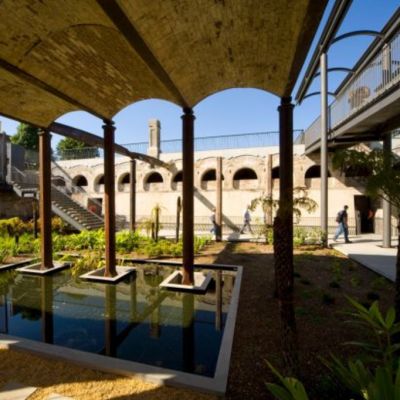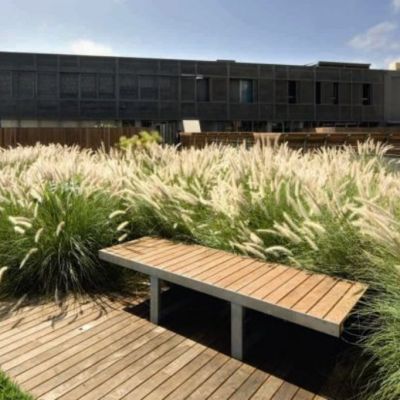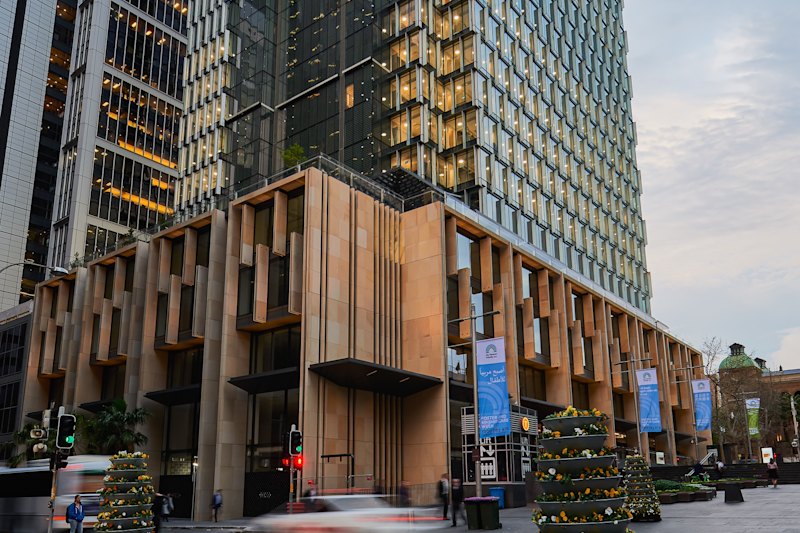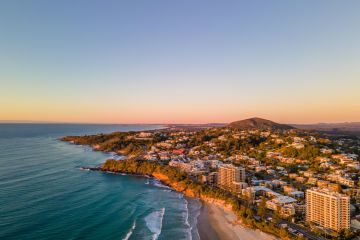Sydneysiders willing to pay a premium for homes near green space, but it's running out
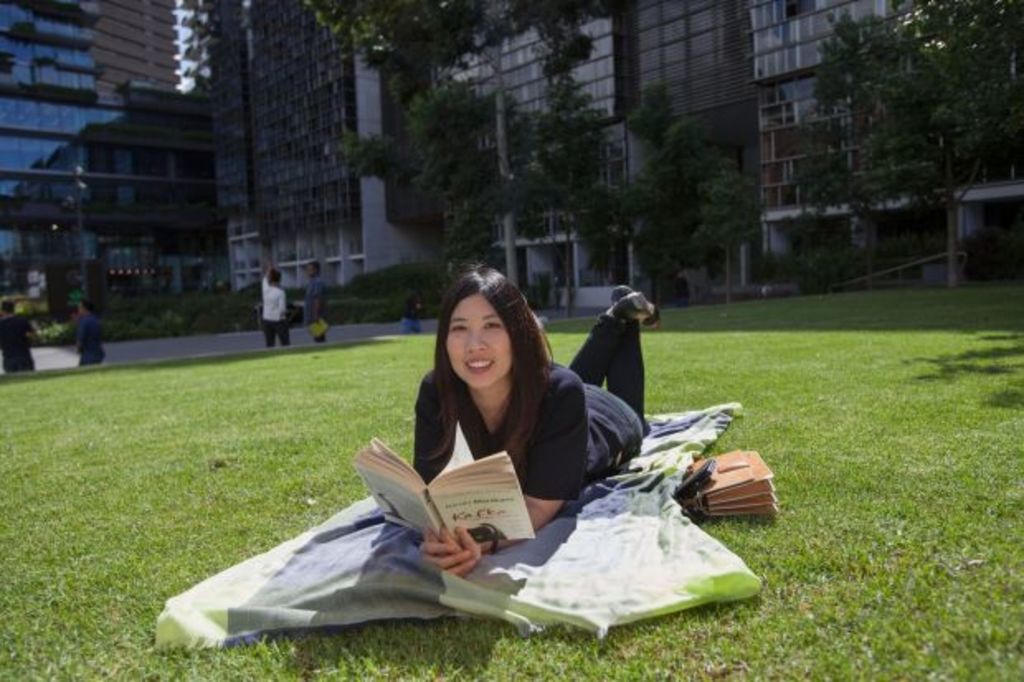
Sydneysiders are increasingly willing to pay a premium for homes near green space – but are having more trouble than ever before actually finding them, a leading researcher has discovered.
He’s now urging developers, government and local authorities to get together to work out ways of preserving the greenery that hasn’t already been taken over by urban sprawl so everyone can enjoy its benefits.
“We can call it a tragedy that Sydney has never done more to look after its green belts because it means that a lot of people are being denied the health benefits that come from living close to open green spaces and trees,” says Dr Shanaka Herath , a postdoctoral research fellow at the University of Wollongong.
“They should have been given prominence, but they were not. So that means not enough of us are reaping the benefits of fresh air and green spaces, and that’s having an impact on our cardiovascular health and rates of diabetes, for instance.”
Dr Herath has conducted research in Vienna, Austria, into how much people value homes near greenery. He found that apartment prices there dropped by 0.13-0.26 per cent with every 1 per cent increase in distance from the nearest green belt.
He says similar findings have been reported for cities in England, Canada and South Korea, and expects exactly the same results for Australian cities. “I think that would be the same for both Sydney and Melbourne,” he says.
“People would place a higher value on homes near green spaces and are prepared to pay more for them. The exact size of that premium also depends on factors like their proximity also to the CBD and the quality of those homes.”
Certainly, in some parts of Sydney, residents may be prepared to pay as much as 5 to 10 per cent more for homes with greenery around them, says buyers’ agent Patrick Bright. That might be for houses with backyards or courtyards, vertical green walls or landscaping around apartment buildings, and anything close to parks and open land.
“It will change according to the individual,” says Bright, director of EPS Property Search. “For some, it might not be such a high priority, and they might only be prepared to pay 1 or 2 per cent extra. But others might be happy to pay 5 to 10 per cent more.
“It always becomes more important the further you’re into a built-up area too, and even more important if you’re in an apartment, and particularly for families with young children.”
When graphic designer Cindy Erlina, 28, was looking for an apartment to buy, she deliberately set out to find one sitting in lots of greenery. She finally bought a one-bedder for $720,000 in the Central Park development in Chippendale with its famed green wall and lots of open green spaces.
“With its green spaces, it felt like an oasis in the city,” she says. “You’re used to seeing so much concrete, it feels very relaxing and refreshing to see greenery when you’re home and I think that’s good for your health.”
With so much research now going on about the incredible health benefits of living closer to nature, everyone should put a high priority on living by greenery, recommends Professor Michael Buxton of the Australian Housing and Urban Research Institute.
“It’s not only about how valuable it is to people’s state of mind and their general adjustment to living in a city and their well-being,” he says. “It has a much greater knock-on effect. If people are happier in their location, then that can contribute to a happier society with better adjusted people, less conflict and a greater economic performance.”
Sydney’s best known greenery developments include Frasers Property and Sekisui House’s Central Park, Fridcorp’s 198-unit Eve at Erskineville and the Greenland Group’s Leichhardt Green, a master-planned community of 224 apartments. Here, the idea of a formal green belt was proposed as early as 1948, says Dr Herath, but with a lack of proper funding, most has since been lost to development.
“Governments should have taken steps to preserve the green belts because once it’s been developed, it’s lost forever,” he says. “But planners, governments and developers should be looking at brown-fields and grey-field sites for commercial development and save what remains of the green belt to benefit everyone.”
Dr Georgia Garrard, a senior research fellow at RMIT University agrees. Developers are now proving much more open to the idea of integrating greenery into their projects , knowing that it can both mitigate some of the effects of climate change, as well as reintroducing native biodiversity.
“It’s also about reconnecting people to nature,” she says. “The research from all over the world shows this has an impact but our challenge is now to make sure the well-being benefits are spread between those who can afford to pay more, and those who maybe can’t.”
We recommend
States
Capital Cities
Capital Cities - Rentals
Popular Areas
Allhomes
More
